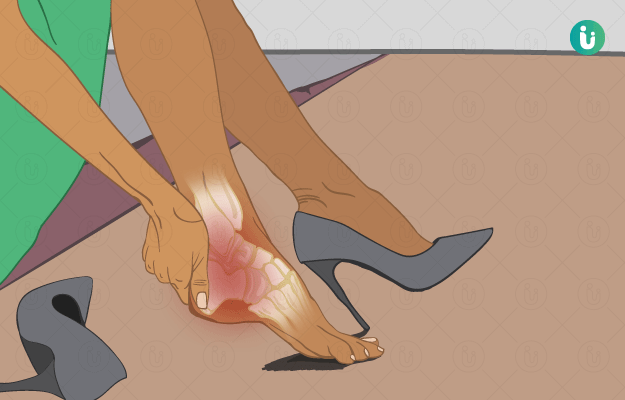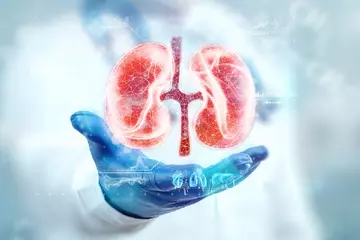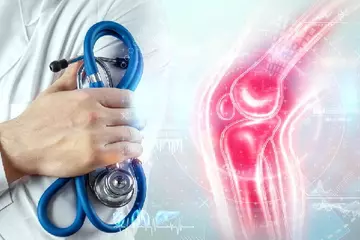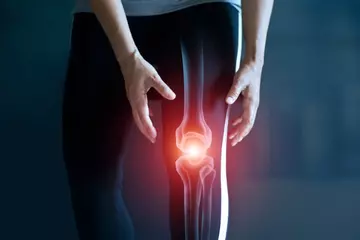We’ve all twisted our ankle at one point or another. We have all also nursed ankle pain with ice packs, compression bandages and ointments for the pain.
The ankle is a complex joint of the body and it is a common site of injuries. Most of these injuries are a consequence of intense exercise and sports. Ankle sprains are the most common sports injury.
With evolution, humans have achieved the ability to walk on just two legs. As a result, the ankles experience a considerable amount of strain due to weight bearing. Hence, the ankle joint is highly susceptible to sprains and fractures.
A sprain is an injury to a ligament (a ligament is basically a fibrous band that connects two bones to a joint). It is mostly caused when the joint is suddenly forced beyond its range of movement. In most situations, sprains resolve within a few weeks. Sometimes, it can be difficult to differentiate between a sprain and a fracture.
A fracture is basically any break in a bone. A fractured ankle is a condition in which any of the bones which form the ankle joint—the tibia and fibula in the leg and the hindfoot bones, talus and calcaneus—has broken. Ankle fractures may present with sudden pain and large swelling. Some fractures may be stress fractures that are small cracks in the bone which may cause severe pain but with lesser swelling—stress fractures are a type of repetitive stress injury.
Other causes of ankle pain include chronic inflammatory diseases such as gout and arthritis, compression of the nerve in the ankle (tarsal tunnel syndrome), ankle instability and alignment problems. Being overweight or pregnant are also risk factors for ankle pain—though a little bit of ankle swelling and pain are common in pregnancy if you have swelling and acute pain in only one ankle, you should see a doctor.
A doctor can identify the underlying problem through a physical examination and tests like an X-ray or MRI scan. Depending on the cause, the treatment may involve PRICE (protect, rest, ice, compress, elevate) therapy and No HARM method (avoid heat, alcohol, re-injury and massage for 72 hours) or surgery such as lateral ankle ligament reconstruction.
Read on to know all the potential causes of ankle pain, including ankle injury, and their treatment.

 Doctors for Ankle pain
Doctors for Ankle pain  OTC Medicines for Ankle pain
OTC Medicines for Ankle pain
 Ankle pain articles
Ankle pain articles





































 Dr. Ayush Pandey
Dr. Ayush Pandey











